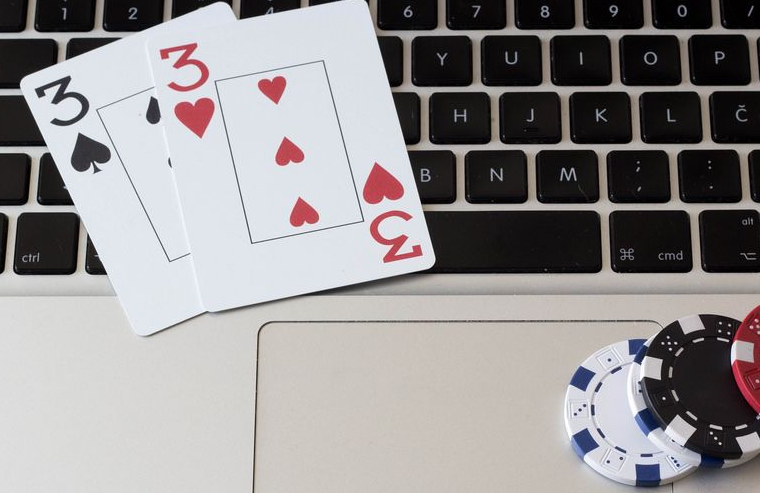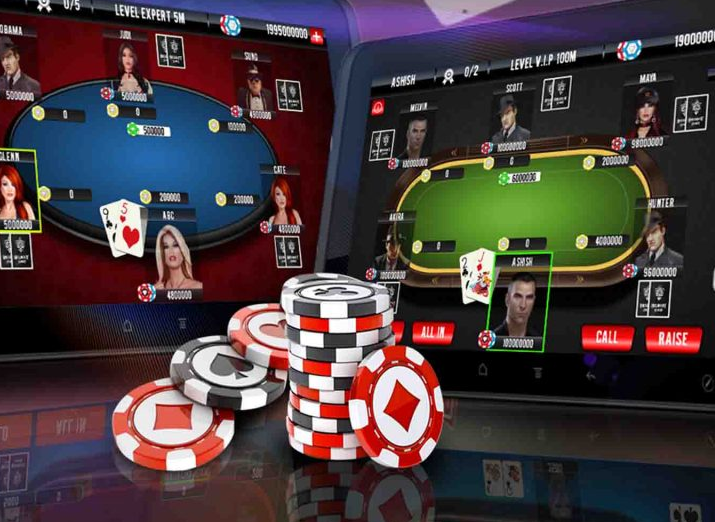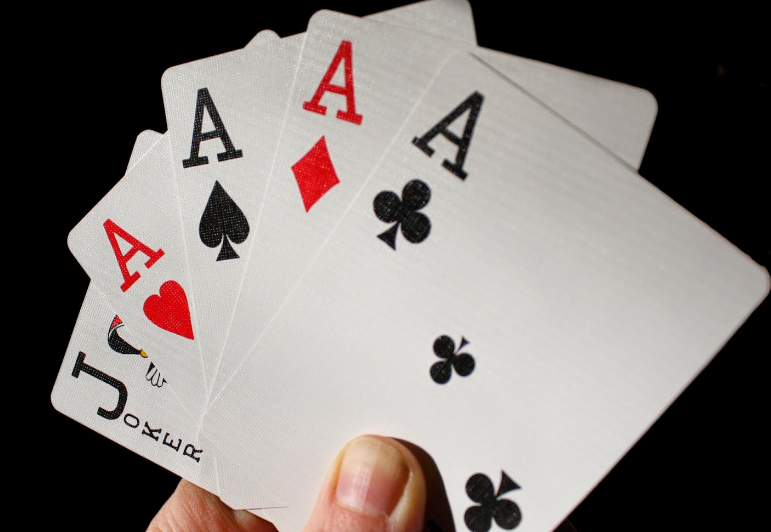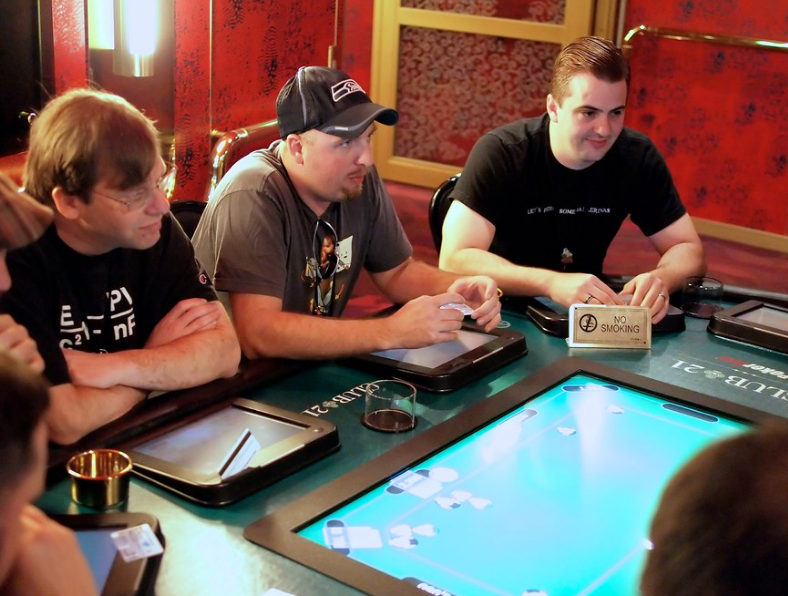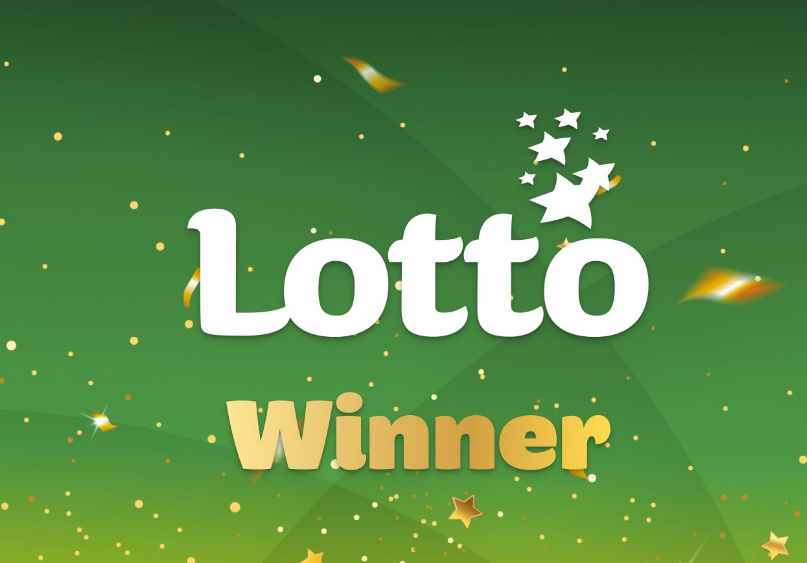CoinPoker just shook up online poker for Asian players with a fresh $122 Bitcoin tournament in its CoinMasters Asia series. This Sunday event promises big wins and a shot at a $100,000 poker career prize. But how does it double your chances for glory? Stick around to find out the details that could change your game.
CoinPoker rolled out the $122 CoinMasters Asia Bitcoin Event on November 9, 2025, aimed right at players in Asian time zones. It kicks off every Sunday at 12:38 PM UTC, which lines up with 8:38 PM Hong Kong Time. This move replaces the old $88 Sunday Special, pumping up the action with a $50,000 guaranteed prize pool.
The tournament lets players chase a special Bitcoin Gold Coin. Win it, and you edge closer to big rewards. It’s open to everyone worldwide, but the timing makes it perfect for Asia-based grinders who often miss out on events geared toward other regions.
Satellites start as low as $0.01, running multiple times a day. That means even casual players can jump in without breaking the bank. The series launched back in August 2025 with daily events, but this Sunday upgrade adds serious firepower.
CoinPoker says the change came from player feedback. They wanted more high-stakes fun during peak Asian hours. Now, with this event, the platform is drawing in more competitors from places like Japan, South Korea, and the Philippines.
Chasing Coins for a Dream Poker Career
At the heart of CoinMasters is collecting seven unique coins to unlock a spot at the championship final table, where $250,000 in total prizes wait, including a life-changing $100,000 poker career package.
Each win in a CoinMasters event earns you a gold or silver coin. Gather all seven, and you’re in the running to be the first CoinMaster. The final table seats the top five collectors, plus spots for a Golden Ticket winner and a freeroll champ.
That $100,000 package isn’t just cash. It covers coaching, travel to live events, and staking for tournaments. It’s designed to launch someone’s pro career, turning hobbyists into stars.
Players love the crypto twist. Coins are themed around digital assets like Bitcoin, making wins feel tied to the booming crypto world. Since the series started, hundreds have joined the hunt, with leaderboards showing fierce competition.

Insights from Poker Pros Behind the Scenes
Top ambassadors Benjamin Rolle and Patrick Leonard teamed up with CoinPoker to craft this promotion. Rolle shared that it started as a simple prize idea but evolved into something bigger. “We wanted to give away a real poker career,” he said. “That’s the dream for so many players out there.”
Leonard echoed that, noting how the coins add excitement. Their input shaped the Asia focus, ensuring events fit local schedules. These pros aren’t just faces; they’re active in the community, hosting streams and tips sessions.
Their involvement has boosted participation. Data from CoinPoker’s updates shows entry numbers climbing 30% since the Asia series began in August 2025. Rolle and Leonard’s vision turned a standard tourney into a pathway for aspiring pros.
One player shared on social media how collecting his first coin motivated him to grind harder. Stories like that highlight the promotion’s appeal beyond just money.
Leaderboards and How to Get In
A weekly leaderboard updates every Monday, tracking points from CoinMasters events. Climb it by placing high in tournaments, and you could snag extra rewards or better seeding.
Here’s a quick breakdown of how to qualify:
- Win daily CoinMasters events for silver coins.
- Score the Bitcoin Gold Coin in the Sunday $122 tourney.
- Enter satellites from $0.01 to build your stack affordably.
- Collect all seven coins for final table entry.
Satellites run throughout the day, starting as early as 8:30 AM UTC. This setup makes it easy for busy players to qualify without huge time commitments.
The promotion ties into CoinPoker’s broader ecosystem, where crypto payments speed up transactions. With Bitcoin’s value rising in 2025, prizes feel even more valuable. Leaderboard toppers often share strategies online, helping newcomers.
To show the prize structure clearly, check this simple table of key rewards:
| Achievement | Prize Highlight |
|---|---|
| Collect 7 Coins | Final Table Seat |
| Win Bitcoin Event | Gold Coin + Share of $50K Pool |
| Golden Ticket Draw | Extra Final Table Spot |
| Total Series Prizes | $250,000 Including Career Package |
This format keeps things fair and exciting, with multiple ways to win.
CoinPoker’s latest move with the $122 CoinMasters Asia Bitcoin Event is firing up the online poker scene, giving Asian players prime-time action and a real shot at turning passion into a profession. From affordable satellites to the thrill of coin collecting, it’s a smart play that could inspire the next big name in poker.



